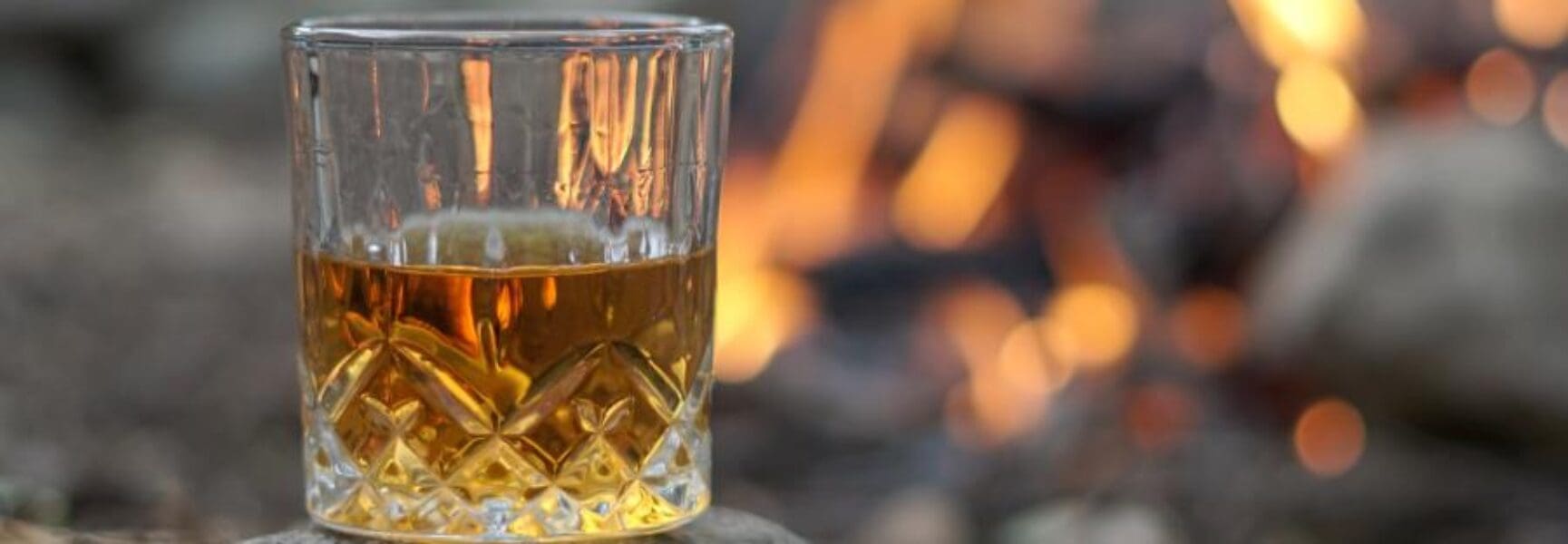10 fast facts about Peoria’s rich distilling history, which dates back to the early 1800s
- Peoria was once known as the alcohol distilling capital of the world — From 1844 to 1919 there were at least 73 distilleries on the Peoria County tax roll. By 1890, Peoria distilleries accounted for 40% of all alcohol produced in the United States.
- Peoria’s distilling history can be traced to the early 1800s — Evidence shows that when settlers arrived in Peoria in the early 1800s they sometimes distilled under-developed or “soft” corn into alcohol, which they often used to barter for other goods with natives.
- Peoria distilleries produced more whiskey than Kentucky in the 1800s — The period of 1880-1900 was the boom period for Peoria distilleries. By 1880, Peoria’s 10 distilleries produced 18 million proof gallons of alcohol, while Kentucky’s 200 distilleries produced just 15 million gallons.
- Peoria’s abundant water supply attracted distilleries — Wealthy Chicago industrialists and other capital investors established their distilleries in Peoria in the 1800s due to the cool, abundant limestone-filtered water supply offered by the Sankoty Aquifer, which extends beyond the width of the Illinois River.
- Almiron Cole: Peoria’s pioneer distiller — Pioneer settler, Almiron Cole, established the first known commercial distillery near present-day State and Water Streets in 1843-1844, though local artisans had been distilling hooch in Whiskey City for at least a decade prior.
- Peoria distilleries remained active during Prohibition — Some local distilleries were granted special licenses to continue operating during Prohibition, which lasted from 1920-1933. The booze was made for “medicinal” patients who had been granted “prescriptions” from their doctors and sold through drugstores such as Walgreens.
- Peoria nearly monopolized whiskey production — When the production of distilled spirits began to outpace consumption, Peoria’s largest distillers banded together to form the “Whiskey Trust.” Lasting from 1887 to 1895, the failed effort sought to consolidate distilleries and control the production of alcohol by undercutting competitors’ prices or forcing them out of business.
- “Whiskey Barons” left architectural legacies — Construction of Peoria’s Grand Army of the Republic (GAR) Hall, located at 416 Hamilton Boulevard, was largely funded by Peoria “Whiskey Baron,” Joseph Greenhut. Other grand buildings lost to history that benefited from alcohol revenue included the Palace and Orpheum Theaters, Jefferson Hotel, and the Grand Opera House.
- Peoria whiskey funded the government — Following the Union’s imposition of a “sin tax” on alcohol and other products during the Civil War, the Peoria-Pekin tax collection district supplied nearly half of the federal government’s entire revenue. The tax on distilled spirits accounted for 95% of the amount.
- Peoria’s whiskey legacy survives — Peoria’s historic “Distillery Row” stretched along the Illinois River from State Street to the I-474 bridge. Today, several small, specialized whiskey distilleries have set up shop in Peoria, helping continue the town’s legacy as a “Whiskey City.”

To learn more about Peoria whiskey history, see Tim Alexander’s in-depth WCBU report: How Peoria Whiskey Won the Civil War | Peoria Public Radio (wcbu.org).



